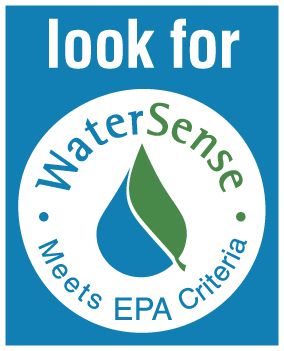One method of saving water is by changing our behavior. For instance, some of us (me included) had to retrain ourselves to wash the dishes without leaving the water running. But, wouldn’t it be great to save water without thinking about it? Imagine saving this precious resource with everyday activities, like showering, or even the activities you do multiple times a day, like flushing the toilet. You can! It’s as easy as using high efficiency fixtures with a WaterSense label, and that’s how you make saving water a no-brainer – it just makes WaterSense!
What is WaterSense? Why Do We Need to Speak Up to Protect It?
A drop of an idea starts a ripple, then a flush: In 2004 the United States Environmental Protection Agency (EPA) held stakeholder meetings across the country. The goal was to get input on designing a national, voluntary, market-based program for promoting water-efficient products (it’s similar to EPA’s Energy Star labeling that highlights energy efficient choices). The WaterSense labeling program and defining criteria was launched in 2006 and by January 2007, WaterSense labeled toilets were the first products to hit the shelves promising to go beyond the 1.6 gallon federal standard and use only 1.28 gallons or less per flush.
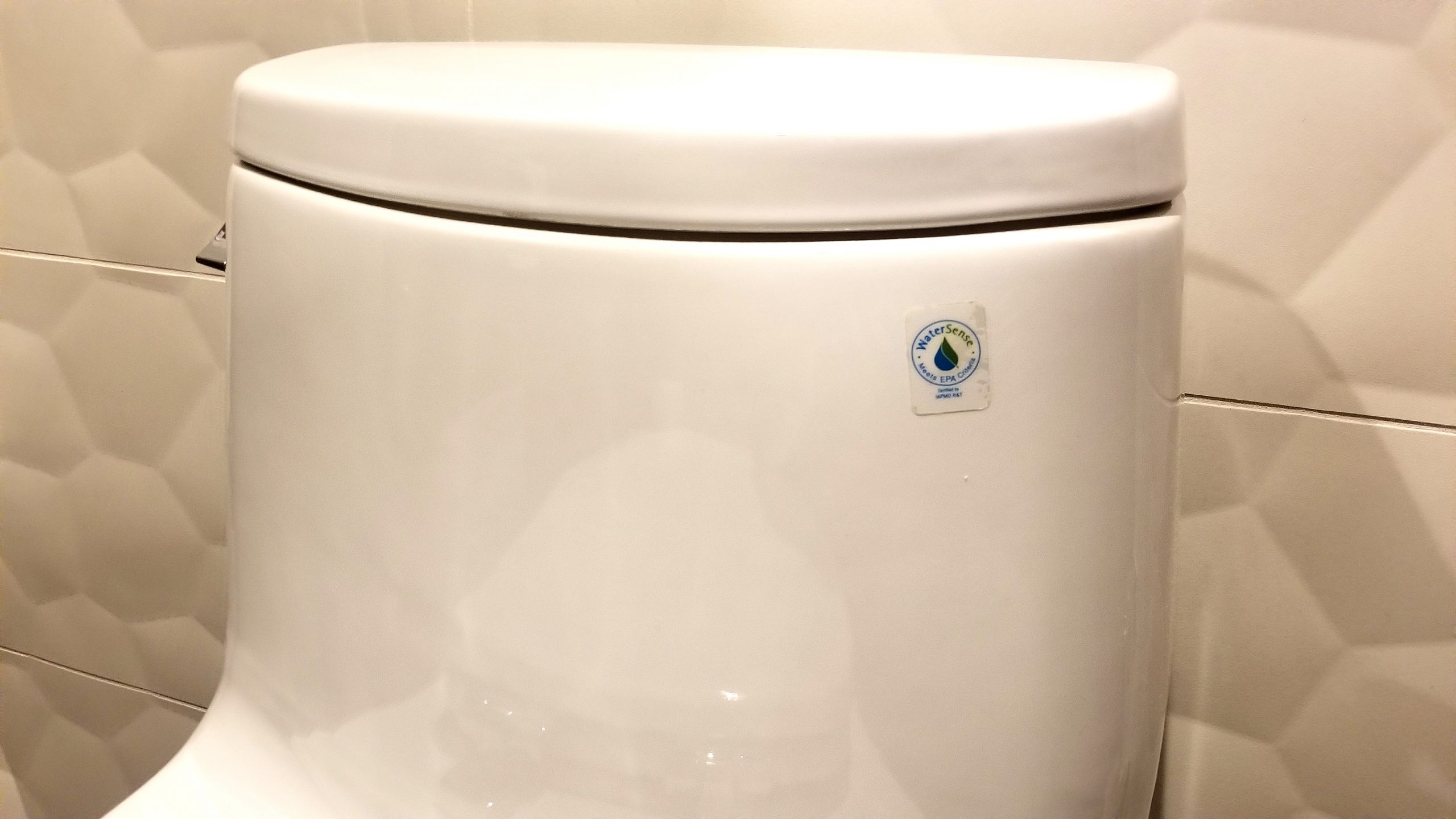
Efficient products and informed consumers lead to smart water use: From there, WaterSense became a very successful and popular program providing a label for water-efficient products and resources to help save water. The WaterSense label makes it simple to find products that meet EPA’s criteria for not just water efficiency, but also performance. In fact, they included important “flushability” benchmarks with consumer satisfaction in mind. WaterSense-labeled products and services are certified to use at least 20 percent less water, save energy, and perform as well as or better than regular models. This is measured by following testing protocols specific to each product category. In addition, products are tested and third-party certified to ensure EPA specifications are met. Since the beginning, the program has been a voluntary public/private partnership where businesses and communities opt in to participate. Currently there are over 1,700 WaterSense partners, including utilities, product manufacturers, home builders, local governments, non-profits, retailers, trade associations, and more. In fact, Water – Use It Wisely is a proud partner! WaterSense provides partners with shared resources and messages that encourage the use of water-efficient quality products and practices that reduce water use.
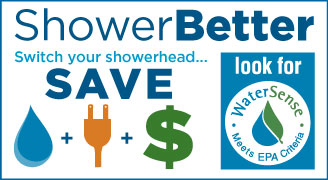
Success of the program: Fast-forward to 2020 and WaterSense has gone way beyond the labeling of toilets. You can now find efficient, WaterSense labeled:
- Bathroom Sink Faucets
- Showerheads
- Commercial Toilets and Flushing Urinals
- Landscape Irrigation Sprinklers
- Irrigation Controllers
There are also labeling criteria for programs/services, like certified landscape irrigation professionals and for new homes. Additional work is being done to expand the labeling for new products in development such as water softeners.
And, the results of the program have been immense! Since that first toilet hit the shelves, EPA estimates that 3.4 trillion gallons of water have been saved by WaterSense resulting in 462.5 billion kilowatt hours of energy that are not used to heat, pump, and distribute water. These savings have resulted in a financial benefit to consumers on an average of $380 annually per household and $84.2 billion in water, sewer, and energy bills nationally. Also, remember that when less water and energy are used, it equates to less water and air pollution, too.
“Conservation doesn’t mean you have to make great sacrifices in your lifestyle – that’s why we are so excited about programs like WaterSense.” – City of Mesa, AZ, 2008
WaterSense challenges and EPA seeking public comments: Even with the great success of WaterSense, it has had its share of undue scrutiny. Last December, comments by President Trump criticized the efficacy of efficient toilets, faucets, and showerheads. Add to that, since taking office, the Trump administration’s proposed federal budgets for each fiscal year have recommended the elimination of all funding for the WaterSense program. Thankfully, in October of 2018 with a 99-1 vote in the U.S. Senate, the WaterSense program was officially authorized by Congress in the America’s Water Infrastructure Act of 2018 (see section 4306). However, yearly funding continues to be vulnerable despite the added protection of authorization.
That same authorization law required EPA to consider a review and revision (if deemed necessary) of any WaterSense performance criteria adopted before January 1, 2012. As a result, throughout 2019, several WaterSense specifications—including those for toilets, faucets, showerheads, urinals, and weather-based irrigation controllers— have been reviewed for potential improvements to water efficiency and/or product performance. In April 2020, EPA issued a notice in the Federal Register to announce the completion of the review and to inform the public of the results. The agency also stated their decision to not revise any product specifications at this time. Thus, did the review end up being more of an exercise of distraction to the program when staff could have been staying focused on future updates and improvements?
The April 2020 announcement also included a notice of invitation for public input. Customer satisfaction survey results, used properly, could inform the EPA about Americans’ opinions of the WaterSense brand and their experience with WaterSense labeled products in homes and businesses (see instructions below on how to add your voice). This information could help EPA guide the direction of the WaterSense brand and program and show that there is public support to maintain these voluntary efficiency standards. However, there is concern that the intention of gathering customer input is an attempt to incorporate the public opinions and possible biases into the product specifications (in other words, using opinions to determine required flow rates, gallons per flush, etc.). WaterSense has sought to base its product specifications on measured values of performance that are tested in a laboratory and certified by a third-party organization. It is being strongly recommended by program advocates that product-specific customer satisfaction research is best left to the marketplace and manufacturers themselves.
Take action to support water efficiency by adding your voice
Whether you are a water provider, a scientist, a teacher, or a homeowner, all are encouraged to submit comments regarding experience and use of WaterSense products. You can share your opinion from your personal use and/or you may want to share your customers’ level of satisfaction with different types of WaterSense labeled fixtures. Here are some simple 1-2-3 instructions:
- Click here to file your comments.
- Once on this page, click the blue comments box in the upper left corner
- Identify at the start of your comments that you are responding to Docket ID No. EPA–HQ–OW–2020– 0026
Comments to the Federal Register are due July 24, 2020 (note, if you see a June 9 date on any of the websites, you are still fine to comment as the deadline has been extended).
Our friends at the Alliance for Water Efficiency, staunch supporters of the WaterSense program, have provided some great background and even more considerations on this issue. You can learn more in their ‘call to action’ that includes a comment letter they will be sending to EPA, as well as fact sheets and data from recent studies. Here at Water – Use It Wisely, the WaterSense program is very near and dear to our hearts. It is vital that everyone concerned about efficient and sustainable water supplies tell the EPA that WaterSense products work.
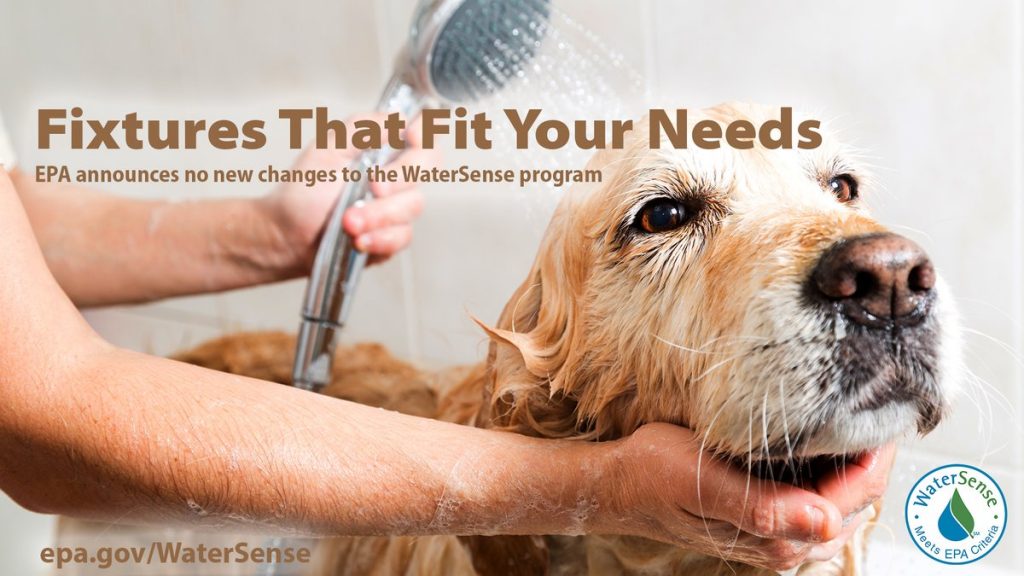
The prequel: Flushing out the facts and why it matters
A great quote from Maya Angelou says, “You can’t really know where you are going until you know where you have been.” This is why we’d like to share a little more history. In 1994, ten years prior to the EPA WaterSense initiative, the National Energy Policy Act (H.R. 776) went into effect requiring that a variety of products (including toilets) meet established energy and water efficiency standards. That is when 1.6 gallon per flush toilets became a federal standard for any new residential construction or remodel (the same requirement for commercial buildings wasn’t implemented until 1997). The good news was that the 1.6 gallon low-flow toilets helped to reduce toilet water use by 23 to 46 percent.
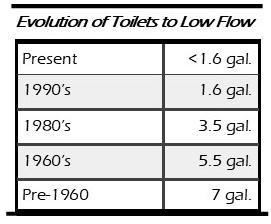
The bad news? Unfortunately, the first round of low-flow toilets were not always well designed. Many manufacturers simply made the tank smaller or designed the flapper to close more quickly. Consumer complaints were common, and it is likely why some consumers still have such a high disregard for some of those first generation toilets (it should be strongly noted that today’s 1.6 gallon per flush toilets have been re-engineered and now produce a much better flush).
Luckily, many manufacturers worked hard to improve their products, but like everything else, some worked better than others. Another concern on toilet performance was highlighted in 2000 when a University of Arizona Water Resources Research Center study found that many of the 1.6 gallon toilets lost their efficiency as they aged or had flappers replaced. Many were shown to eventually use 2 to 3.5 gallons and sometimes even more.
Keeping tabs on toilets with the best efficiency ratings and performance was challenging, and the burden to evaluate them was typically taken on by the water providers. Maintaining a listing of best toilet performance was difficult since models were constantly changing. And, readers, if you’re still with me, THIS is why the EPA WaterSense labeling program was a game changer! WaterSense was the solution for consumers (and utilities or the plumbing trade trying to guide customers) wanting to make smart shopping choices to save water for the environment and money for their wallet.
We spend three years of our life using the toilet, make sure you have a good seat!
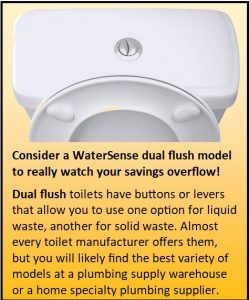
We hope by now you’re convinced. Whether remodeling your bathroom, building a new home, or simply replacing a showerhead, installing WaterSense labeled fixtures is your best water-efficient option. In fact, it’s a no-brainer.
Learn more about WaterSense and what you can do to help make every drop count.
Other articles of interest:
- Remodel Your Bathroom with Water Savings in Mind
- Buy or Remodel Green for Comfort, Health, and Water Efficiency
Donna DiFrancesco is a Conservation Coordinator, horticulturist, and environmentalist with the City of Mesa, AZ, one of twenty Water – Use It Wisely partners to offer water-saving advice and programs.


